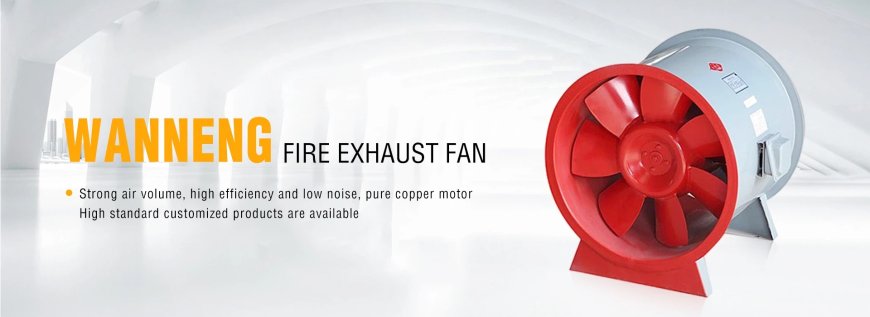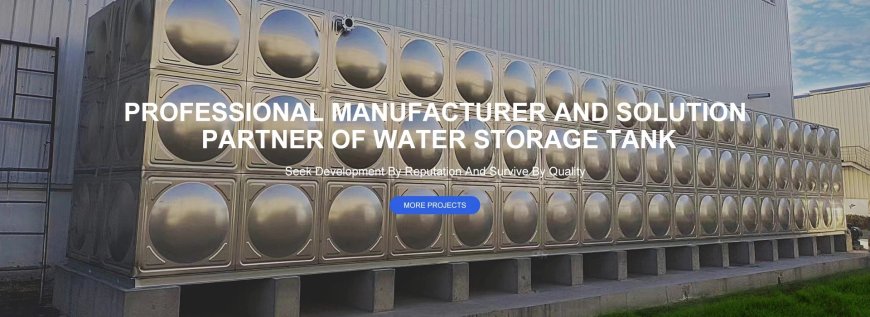Comprehensive Guide to Water Tanks: GRP, HDG, Stainless Steel, SMC, and Fiberglass Options
Explore the world of water tanks with our detailed guide covering GRP, HDG, Stainless Steel, SMC, and Fiberglass water tanks. Learn about their unique features, benefits, and applications to choose the best storage solution for your needs.

Water tanks are essential for storing and managing water across residential, commercial, industrial, and agricultural settings. With various materials and designs available, selecting the right water tank can significantly impact efficiency, durability, and water quality. This comprehensive guide delves into five popular types of water tanksGRP Water Tank, HDG Water Tank, Stainless Steel Water Tank, SMC Water Tank, and Fiberglass Water Tankeach offering distinct advantages for different applications.
Understanding the GRP Water Tank
A GRP Water Tank, or Glass Reinforced Plastic water tank, is a modern solution celebrated for its lightweight yet robust construction. Made from fiberglass combined with thermosetting resins, GRP tanks are corrosion-resistant and ideal for storing potable and non-potable water. Their modular design, assembled with panels, bolts, and rubber gaskets, allows for flexible sizing from 1m to 10,000m, making them suitable for residential buildings, schools, and industrial facilities. These tanks are easy to install without heavy machinery, and their non-porous surface prevents bacterial growth, ensuring hygienic water storage. GRP tanks are also UV-resistant, making them perfect for outdoor installations in harsh climates.

Exploring the HDG Water Tank
The HDG Water Tank, or Hot-Dip Galvanized water tank, is a reliable choice for those prioritizing durability and cost-effectiveness. Constructed from steel plates coated with a dense zinc layer through a galvanizing process, these tanks offer excellent corrosion resistance, making them suitable for storing water in agricultural, industrial, and construction settings. The zinc coating protects the steel from rust, extending the tanks lifespan to over 15 years with minimal maintenance. HDG tanks are assembled using standard modular panels, allowing for quick installation and customization. Their smooth surfaces also prevent algae growth, ensuring clean water storage.
Benefits of the Stainless Steel Water Tank
A Stainless Steel Water Tank is synonymous with premium quality and longevity, often used in applications requiring high hygiene standards. Made from grades like SUS304 or SUS316, these tanks resist corrosion and chemical degradation, making them ideal for potable water storage in hospitals, restaurants, and residential complexes. Stainless steel tanks are welded or bolted, offering robust structural integrity and a sleek appearance. They require minimal maintenance and can withstand extreme temperatures, ensuring consistent water quality. Their non-reactive surface prevents contamination, making them a top choice for industries prioritizing safety and cleanliness.
Advantages of the SMC Water Tank
The SMC Water Tank, made from Sheet Molding Compound, is a versatile and durable option for water storage. Comprising fiberglass, resin, and additives, SMC panels are hydraulically hot-pressed to create strong, lightweight, and corrosion-resistant tanks. These tanks are widely used in residential, commercial, and industrial settings due to their ability to store potable water, rainwater, or firefighting water. SMC tanks are modular, with panel sizes like 1m x 1m or 0.5m x 0.5m, allowing for easy assembly and customization. Their food-grade materials ensure compliance with health standards, and their long lifespan reduces replacement costs.
Features of the Fiberglass Water Tank
A Fiberglass Water Tank is a lightweight, high-strength option designed for diverse water storage needs. Constructed from fiberglass reinforced plastic, these tanks are molded into various shapes and sizes, from small household units to large industrial reservoirs. Their corrosion-resistant properties make them suitable for storing seawater, wastewater, or drinking water. Fiberglass tanks are easy to transport and install due to their low weight, and their non-porous surface ensures hygienic storage by preventing bacterial growth. With a lifespan of up to 25 years, these tanks are an eco-friendly choice, as fiberglass is recyclable, reducing environmental impact.
Choosing the Right Water Tank for Your Needs
Selecting the appropriate water tank depends on factors like application, budget, and environmental conditions. For instance, GRP and SMC tanks are ideal for modular, corrosion-resistant solutions in residential or commercial settings, while HDG tanks suit cost-conscious projects in agriculture or construction. Stainless steel tanks are perfect for high-hygiene environments, and fiberglass tanks offer versatility for both potable and non-potable water storage. At ----, we provide a range of water tanks tailored to meet diverse needs, ensuring durability and efficiency. Always consider the tanks capacity, installation requirements, and maintenance needs when making your choice.
Installation and Maintenance Considerations
Proper installation and maintenance are critical for maximizing the lifespan of any water tank. GRP and SMC tanks require a level concrete foundation and careful panel assembly with rubber sealants to ensure watertight seals. HDG tanks need periodic inspections to maintain the zinc coatings integrity, while stainless steel tanks benefit from regular cleaning to preserve their hygienic properties. Fiberglass tanks, being lightweight, are easier to install but should be checked for UV degradation in outdoor settings. Regular inspections for leaks, corrosion, or algae growth are essential across all types to ensure long-term performance.
Environmental and Economic Benefits
Water tanks contribute to sustainability by enabling efficient water storage and reducing reliance on continuous pumping. GRP and fiberglass tanks, being recyclable, minimize environmental impact, while HDG and stainless steel tanks offer long lifespans, reducing replacement frequency. SMC tanks, with their food-grade materials, support safe drinking water storage, promoting public health. Economically, modular designs like GRP and SMC reduce installation costs, while HDG tanks offer a budget-friendly option for large-scale projects. Investing in a high-quality water tank ensures long-term savings and environmental responsibility.
Conclusion
Water tanks are indispensable for efficient water management, and understanding the unique benefits of GRP Water Tank, HDG Water Tank, Stainless Steel Water Tank, SMC Water Tank, and Fiberglass Water Tank helps you make an informed decision. Whether you need a corrosion-resistant solution for industrial use, a hygienic tank for potable water, or a cost-effective option for agricultural storage, theres a water tank designed for your needs. By choosing the right tank and maintaining it properly, you can ensure reliable water storage for years to come.
































